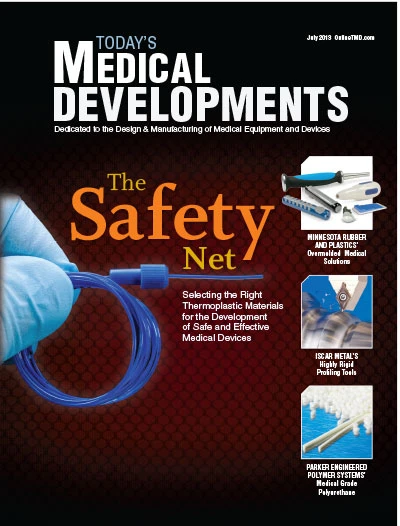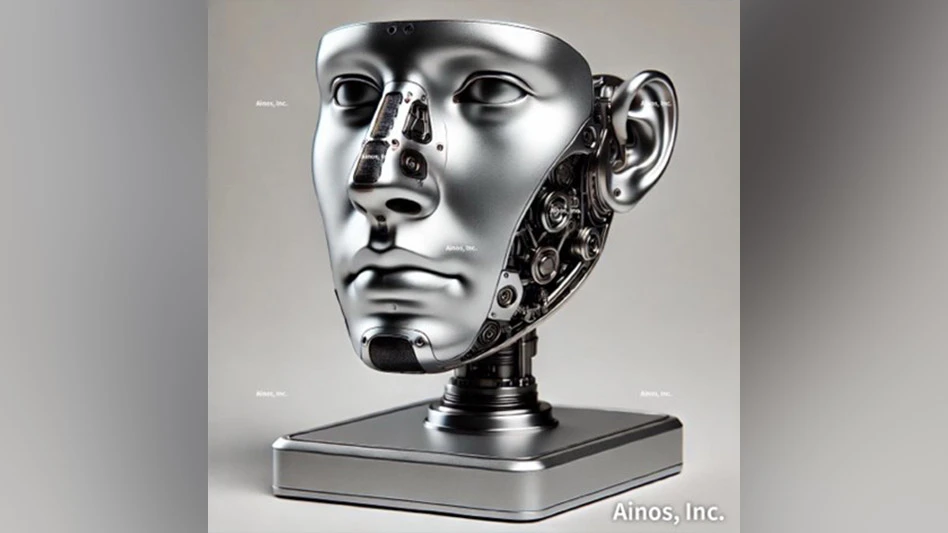 “Sorry? I didn’t catch that. Can you speak up please?”
“Sorry? I didn’t catch that. Can you speak up please?”
People who are hard of hearing can quickly drift into social isolation. Worse, they can also get into dangerous situations, for example, when driving or crossing the road. Hearing aids are then a necessity for many people over the age of 65 in Europe whose hearing is poor. In the case of patients with severe hearing impairments, however, conventional behind-the-ear hearing aids reach the limits of their usefulness. These patients’ hearing can only be helped by an implant, which amplifies sounds more effectively than conventional systems and boasts better sound quality. However, here is the snag: These middle-ear implants require complex operations that last several hours. The high risk and expense of the surgery mean that it is rarely performed. However, scientists could soon present patients with more hopeful prospects, thanks to their work on an innovative hearing aid that is significantly easier to implant, making it affordable for large numbers of people.
The new solution is composed of three parts: a case with a microphone and battery; wireless, optical signal and energy transmission between the outer and middle ear; and an electro-acoustic transducer – the centerpiece and loudspeaker of the implant. Researchers from the Fraunhofer Institute for Manufacturing Engineering and Automation IPA in Stuttgart are developing the electro-acoustic transducer, which will be round in shape and measure approximately 1.2mm. The IPA’s partners in the project, which is sponsored by the Federal Ministry of Education and Research, are the University Department of Otolaryngology, Head and Neck Surgery Tübingen, the Natural and Medical Sciences Institute (NMI) at the University of Tübingen, and the hearing aid specialist auric Hörsysteme GmbH.
“Our goal is to take the better sound quality of implantable hearing aids and combine it with a much simplified operation,” says Dominik Kaltenbacher, engineer at IPA. “To implant our system, all surgeons have to do is make a small incision at the side of the eardrum and then fold it forward. This can be done in outpatient surgery.”
The electro-acoustic transducer, which takes the form of a piezoelectric micro-actuator, is then placed directly at the connection between the middle and inner ear known as the “round window.” From there it transmits acoustic signals to the inner ear in the form of amplified mechanical vibrations, thereby enhancing the hearing capacity of patients.
“The electro-acoustic transducer works on the same principle as bending actuators,” Kaltenbacher explains. “The bending elements, which are arranged in the shape of a pie, consist of a laminated composite made from piezo-ceramics and silicon. If voltage is applied, the elements bend upwards and generate a mechanical vibration. This spreads to the membrane of the round window and the inner ear, stimulating the auditory nerve.”
The effect: although the round window implant is no larger than a pinhead, it can output volumes of up to 120 decibels, roughly the noise a jackhammer makes.
“This high performance is necessary for very good speech comprehension, particularly for high-pitched sounds, which people who are severely hard of hearing find especially difficult to pick up,” Kaltenbacher says.
Experts are currently testing a first working prototype in the laboratory. Results have been positive to date.
“The individual components of the hearing aid have all been developed. The next step is to optimize and assemble them,” Kaltenbacher says.
The implant must measure up to high requirements, the material must be encased so the body tolerates it, and it must remain stable for long periods.
Material derived from a press release from Fraunhofer Institute for Manufacturing Engineering and Automation IPA, Stuttgart, Germany, www.fraunhofer.de.

Explore the July 2013 Issue
Check out more from this issue and find your next story to read.
Latest from Today's Medical Developments
- Americhem’s EcoLube MD PFAS-free internally lubricated compounds
- German robotics and automation in a downturn
- Blueshift’s AeroZero
- November USMTO grow from October
- Platinum Tooling’s custom and special tooling
- Top 5 global robotics trends 2025
- Accumold’s micro molding innovations
- Methods Machine Tools, Multiaxis, announce AI solution investment





